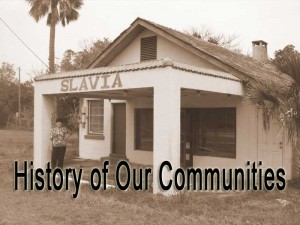
“Slavia” is the name of a community in unincorporated southeast Seminole County, Florida. Behind the name is a story of faith…”great faith,” with which the founding settlers of Slavia were armed. (length – 21:44)
The community of Slavia nestles west of the city of Oviedo. The area is bisected by a high speed toll road known as the 417 or the Greeneway. Get a closer look at Slavia by driving a mile or two north or south on state road 426, or by riding your directly through Slavia on the Cross Seminole Trail, which runs parallel to 426 directly through Slavia. You’ll see Lukas Nursery, Saint Luke’s Lutheran Church, a funky pink-colored former gas station, a two story clay-colored building housing A. Duda & Sons, a water tower, and a cemetery. That’s about it. But what you’ll miss – because you can’t see it – is the story of “faith” which grounded the founding families of Slavia 100 years ago
To experience the story of Slavia, we speak with local Slovakian descendents of two of the founding families of Slavia — Ferdinand S. Duda and Bo Jakubcin. Historic footnotes are added by resident Judy Duda and Dr. Paul Wehr, historian and author of Like a Mustard Seed
While on the website, we encourage you to visit the program archive section. Click on the category “history” and listen to other pieces we’ve produced about the communities of Taintsville, Wagner, Gabriella, and go along on a walking tour historic downtown Oviedo.
Extended Interview & Pictures
Additional Feature Information
- Google map pinpointing Slavia, FL
- St. Luke’s Lutheran Church, Oviedo
- A. Duda & Sons

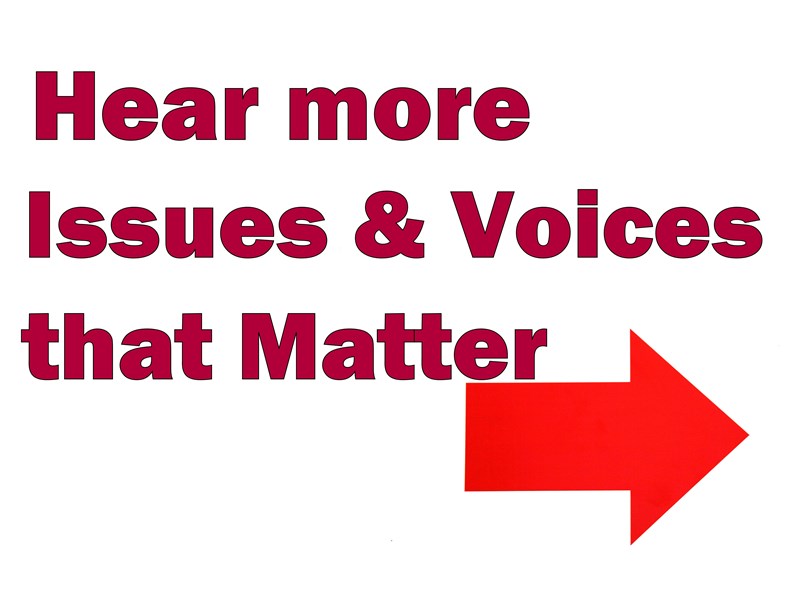
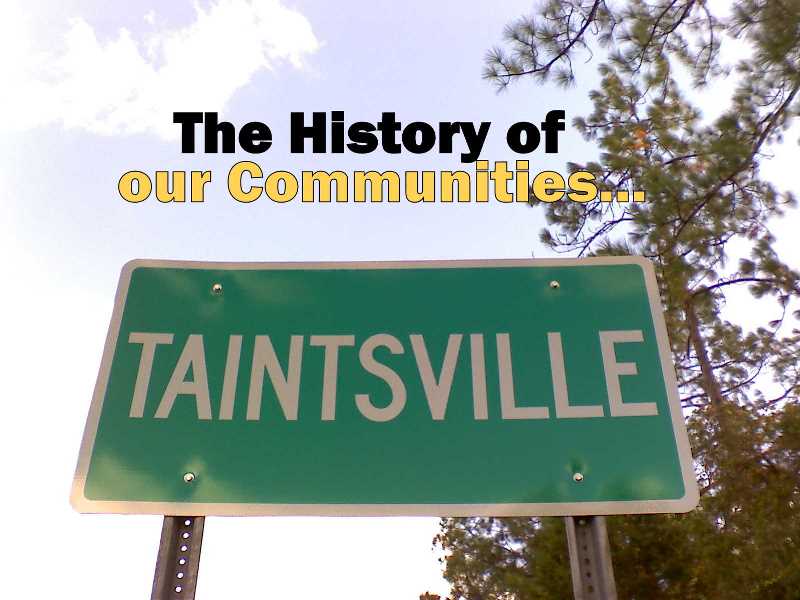
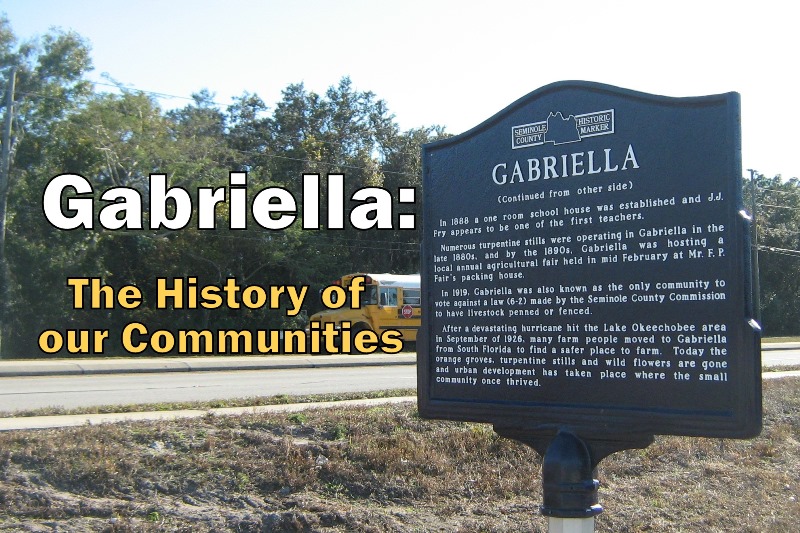

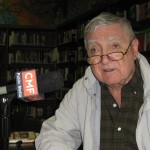
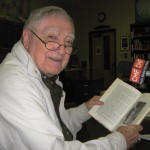
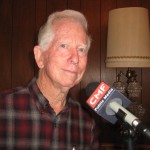
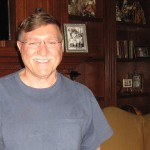

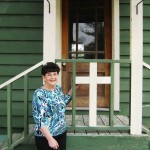
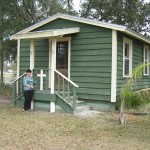
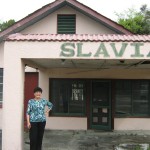
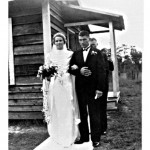
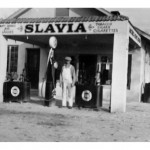
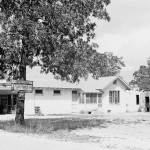
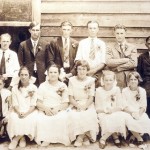
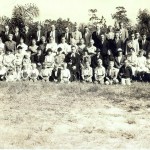
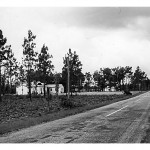
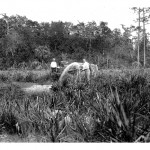

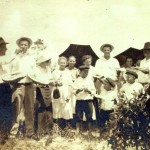

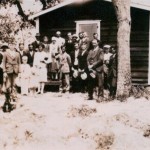

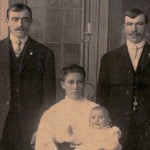


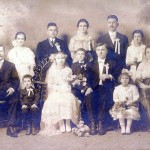
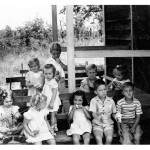
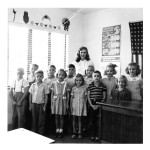
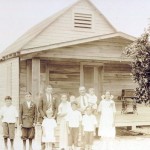
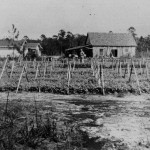

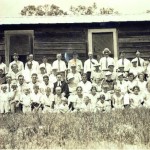

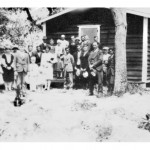
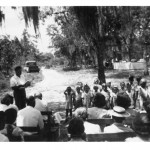
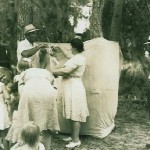
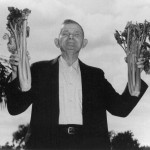
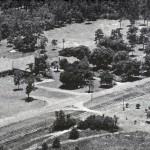
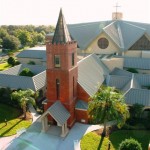
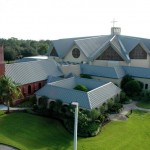

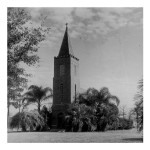
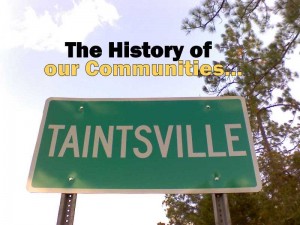
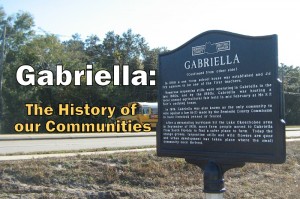



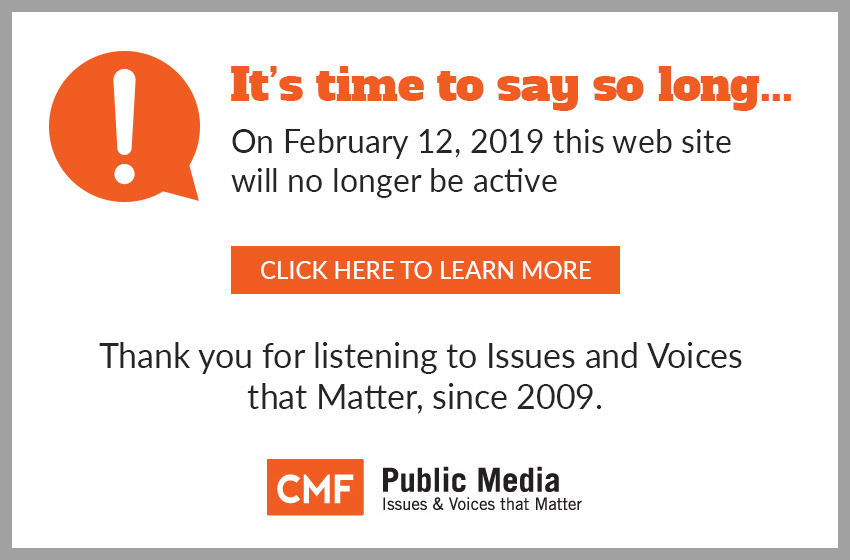
Thank you. For the past 12 and a half years I have traveled through Salvia at least once a week and have wondered about it’s history. Excellent interviews and pictures.
At some time in the future I would hope that you would also do a complete history of the church, St. Luke’s, from start to present and what is planned for the future.
Mr. Boyd, Thanks for the kudos. I believe St Luke’s is planning many events in 2011 for their 100th anniversary, including an oral history. They have also asked Dr. Wehr to update his “Like A Mustard Seed” book — which ended in the 1930 era. Let us know if you have suggestions for other “communities” we might visit in this series.
Stephen McKenney Steck, producer.
Thank you for your in depth, interesting oral history of Slavia. As a Lutheran of Slovak descent who was raised in one of the old Slovak south-side-of-Chicago churches I was fascinated with the results of your research. The extensive use of primary sources added to the flavor of the program. Future visits to Slavia will be more rewarding thanks to your work. I will forward your web site to friends and family still attending Dr. Martin Luther Church in Chicago.
Hello Arline Mateyak McWhinney, Thanks for your compliment and for your intent to forward the link to friends and family. We’re pleased you enjoyed the feature.
Stephen McKenney Steck, producer.
My big sister, myself, and younger brother are in one of the pictures. I was probably three so it would have been about 1934.
My dad, Michael, son of Joseph Mikler, was the first Slavia person “buried” at the present church. It was brand new then..I remember it well. July 1939. My mother moved us to Orlando a year or so later..
We lived in a house that my dad built in 1934. It was south of Stanko’s store, just north of Jamestown and a couple hundred yards north of
Mikler Road..
DJM
Thank you. For the past 12 and a half years I have traveled through Salvia at least once a week and have wondered about it’s history. Excellent interviews and pictures.
At some time in the future I would hope that you would also do a complete history of the church, St. Luke’s, from start to present and what is planned for the future.
Thank you to everyone that contributed to putting this collection of pictures and history together on the Slavia settlement. My Father (Andrew Ondich back row 4th from the right) and Aunt (Mary Ondich Feather front row 3rd from the left)are included in the picture of the first confirmation class of St. Lukes in 1924(image 12). It appears that on that same Sunday image 31 was taken and in it I can identfy my Father Andrew Ondich 2nd row from bottom, 2nd or 3rd person from the left. His sister, my Aunt Mary Ondich Feather also in the 2nd row from the bottom 4th or 5th person from the left. The person sitting between them might be my Fathers first cousin Mike Ondich, but I am not certain. In the 3rd row of women, I am pretty sure my Grandmother Anna Ondich is 5th from the right. I can’t identify my Aunt Helen Ondich Lesko who would have been 12 years old at the time in this picture. And I have never seen a picture of my Grandfather (Andrew Ondich) so cannot identify the man in the top row behind my Grandmother. It would appear the husbands were standing behind their wives, but unless someone could identify him, I don’t know. The date of the picture would help however, as my Grandfather died in March of 1924. Anyway, these images and the history given in this collection about Slavia are of great interest to me, and my brother. If anyone has knowledge about any of the people in these pictures I would be pleased to learn more. Also I have not been able to find anywhere a copy of the book written by Dr Paul Wehr (Like a Mustard Seed - The Slavic Settlement). If anyone can advise where I could purchase, or see a copy, I would be grateful. I can be contacted at [email protected]).
Would you happen to know if New York Mets First baseman Lucas Duda is part of the Ferdinand Duda Family of Slavia, Florida. He is from California, but I know that the Duda holdings are worldwide.
I enjoyed this, sort of but I think it was kind of a waste of 45 minutes. Yes, it’s nice to reminice about the yesteryear but I can think of a lot of more interesting questions you could have asked this man.
For example: How has the Duda family influenced the surrounding area? Have you backed a political interest of the years? What political affiliations or organizations have you been supportive of in the past?
All politics in local and this family has had a huge influence in the shaping of the political landscape in our area. To totally ignore that in this interview seems impotent. Nice try, but maybe you can get a second stab at it again at some point in time.